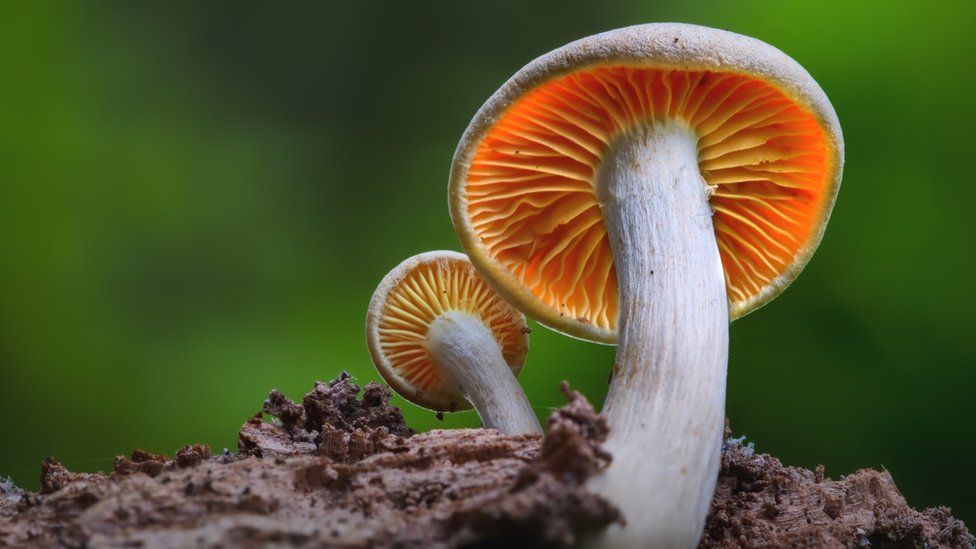Mushrooms and Biodiversity
- How mushrooms contribute to ecosystem diversity.
- Conservation efforts to protect rare mushroom species.
- Fungi's role in maintaining ecological balance.
Mushrooms play a crucial role in maintaining biodiversity within ecosystems due to their unique ecological functions and interactions with other organisms. Here are some ways in which mushrooms contribute to biodiversity:
1. Decomposition: Mushrooms are primary decomposers in many ecosystems, breaking down organic matter such as dead plants, leaves, and wood. This process releases nutrients back into the soil, making them available for other organisms to use. By facilitating nutrient cycling, mushrooms help maintain soil fertility and support the growth of diverse plant communities.
2. Symbiotic Relationships: Many mushrooms form symbiotic relationships with plants, known as mycorrhizae. In these mutualistic associations, fungi colonize the roots of plants, helping them absorb water and nutrients from the soil in exchange for carbohydrates produced by the plants through photosynthesis. Mycorrhizal fungi enhance the health and resilience of plant communities and contribute to the diversity of plant species in ecosystems.
3. Habitat Creation: Mushrooms provide habitat and food for a wide range of organisms, including insects, birds, mammals, and other fungi. Some mushrooms form complex structures like fairy rings or mycelial mats, which create microhabitats for other organisms to inhabit. In turn, these organisms contribute to the overall biodiversity of the ecosystem.
4. Indicator Species: Certain mushroom species are considered indicator species because their presence, abundance, or absence can provide valuable information about the health and ecological condition of an ecosystem. Monitoring changes in mushroom populations can help scientists assess the impact of environmental disturbances, such as pollution, habitat loss, or climate change, on biodiversity.
5. Genetic Diversity: Mushrooms harbor a vast genetic diversity, with thousands of species found in diverse ecosystems around the world. This genetic diversity is important for the resilience and adaptability of ecosystems to environmental changes. Protecting mushroom diversity is essential for safeguarding overall biodiversity and ecosystem functioning.
6. Medicinal and Biotechnological Potential: Mushrooms produce a wide range of bioactive compounds with potential applications in medicine, biotechnology, and industry. By studying mushroom biodiversity, scientists can discover new compounds with therapeutic properties or biotechnological applications, which can benefit human health and innovation while also promoting the conservation of mushroom habitats.
Overall, mushrooms are integral components of ecosystems, contributing to biodiversity through their roles in decomposition, nutrient cycling, symbiotic relationships, habitat creation, and genetic diversity. Protecting and conserving mushroom diversity is essential for maintaining the health and resilience of ecosystems and ensuring the well-being of all living organisms that depend on them.

Comments
Post a Comment